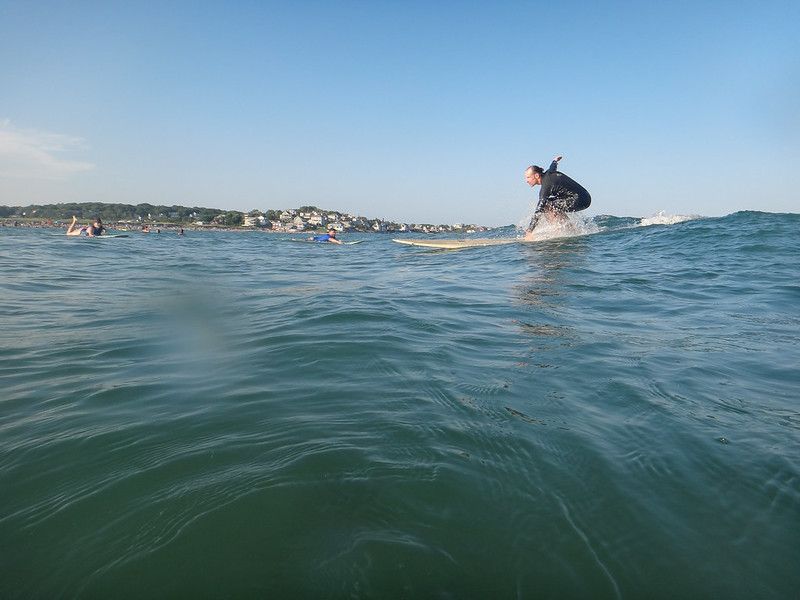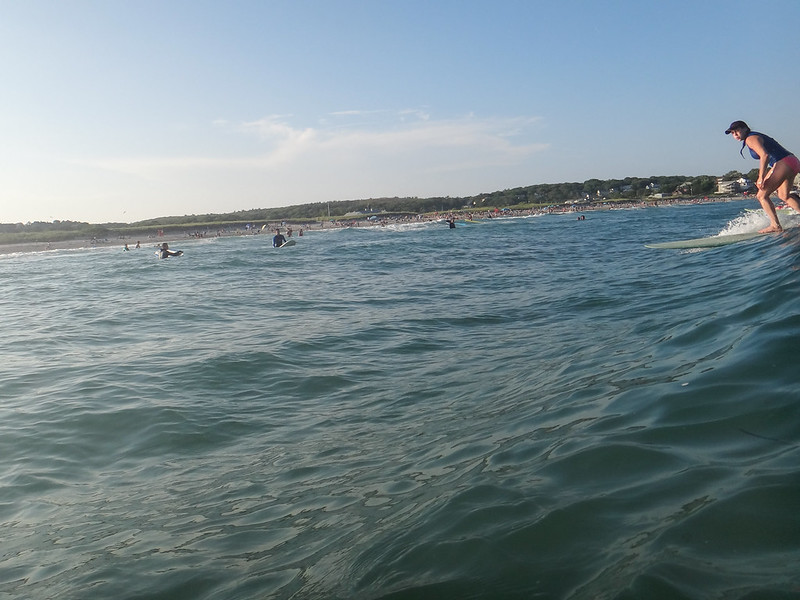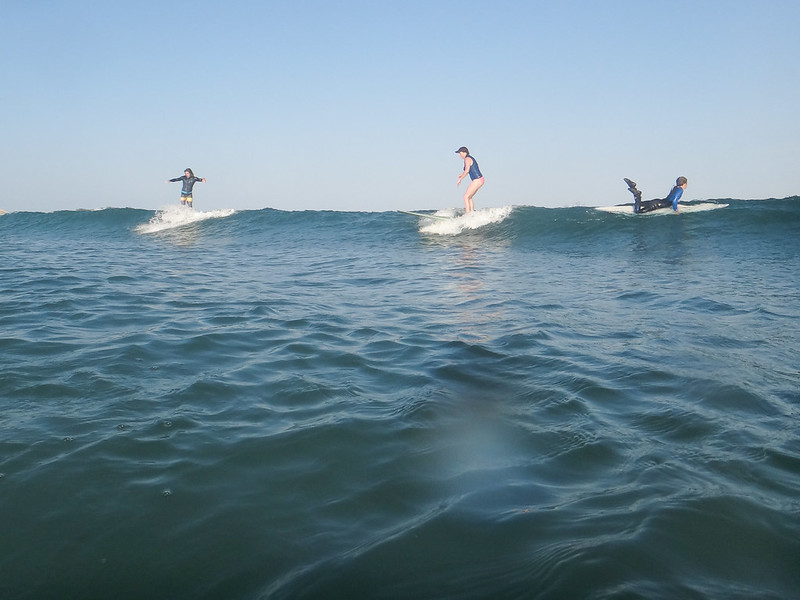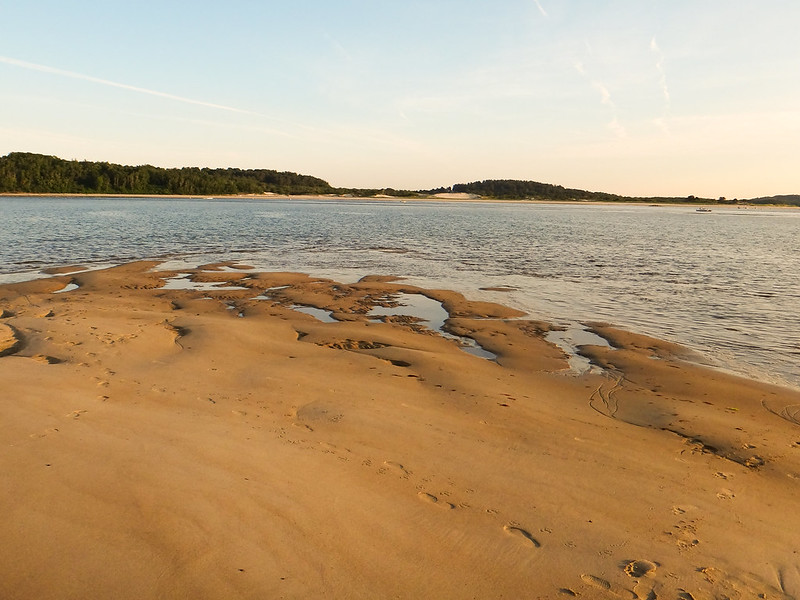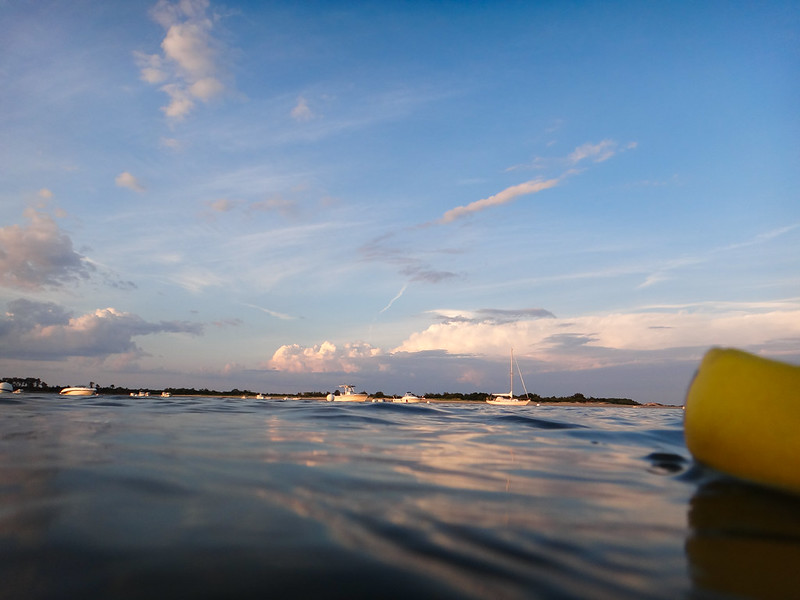Tuesday, July 31, 2018
Sunday, July 22, 2018
Monday, July 16, 2018
Beating the Heat in Small and Mushy Waves
Muscle(Le)car Monday - French Style
In honor of France winning the World Cup in fine style, this episode of MM shows a decidedly Gallic flair.
In response to Lancia's rallying success with the mid-engined Stratos, Renault's Jean Terramorsi, vice-president of production, asked Bertone's Marc Deschamps to design a new sports version of the Renault 5 Alpine supermini. The distinctive new rear bodywork was styled by Marcello Gandini at Bertone.
Although the standard Renault 5 has a front-mounted engine, the 5 Turbo featured a mid-mounted 1.4 liter Cléon-Fonte with fuel fed by Bosch fuel injection and a Garrett turbocharger. The inline-four engine placed behind the driver in mid-body in a modified Renault 5 chassis. In standard form, the engine developed 158 hp.
Though it used a modified body from a standard Renault 5, and was badged a Renault 5, the mechanicals were radically different, the most obvious difference being rear-wheel drive and rear-mid-engined instead of the normal version's front-wheel drive and front-mounted engine. At the time of its launch it was the most powerful production French car. The first 400 production 5 Turbos were made to comply with homologation rules to allow the car to compete in international rallies.
Plus some crazy video:
Cocorico!
In response to Lancia's rallying success with the mid-engined Stratos, Renault's Jean Terramorsi, vice-president of production, asked Bertone's Marc Deschamps to design a new sports version of the Renault 5 Alpine supermini. The distinctive new rear bodywork was styled by Marcello Gandini at Bertone.
Although the standard Renault 5 has a front-mounted engine, the 5 Turbo featured a mid-mounted 1.4 liter Cléon-Fonte with fuel fed by Bosch fuel injection and a Garrett turbocharger. The inline-four engine placed behind the driver in mid-body in a modified Renault 5 chassis. In standard form, the engine developed 158 hp.
Though it used a modified body from a standard Renault 5, and was badged a Renault 5, the mechanicals were radically different, the most obvious difference being rear-wheel drive and rear-mid-engined instead of the normal version's front-wheel drive and front-mounted engine. At the time of its launch it was the most powerful production French car. The first 400 production 5 Turbos were made to comply with homologation rules to allow the car to compete in international rallies.
Plus some crazy video:
Cocorico!
No surf last week meant more paddling
Tuesday, July 3, 2018
Subscribe to:
Comments (Atom)




